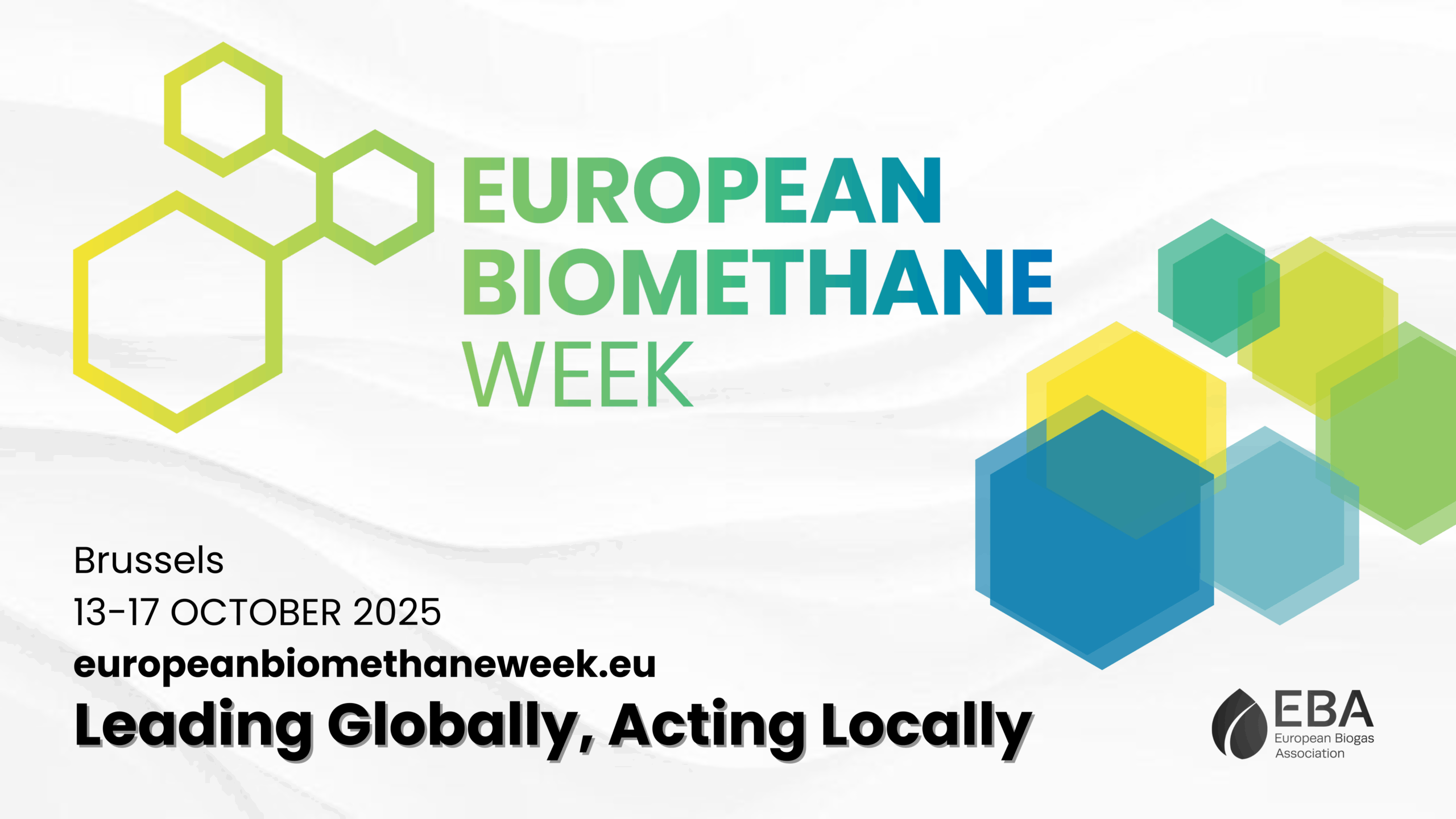Cargill concentrates on manure-to-biogas
The project is up and running at the Bettencourt Dairy B6 Farm in Jerome, Idaho. It uses manure produced by the farm’s 6,000 cows, generating enough renewable methane to make electricity for about 1,100 typical homes.
This is Cargill’s third foray into dairy cow biogas in Idaho. The venture also boosts the company’s involvement in the global renewable energy market, because it will generate about 28,000 tonnes of carbon emissions offsets.
The basic process for producing biogas from animal waste is anaerobic digestion. The process involves enclosing manure in hermetically sealed chambers called digesters, where bacteria break down organic matter. The end result is methane gas, which can be burned in generators to create electricity.
Cargill is joining a growing band of manure-money-making renewable energy initiatives. New York State is aggressively promoting biogas technology as a money saver for small dairy farms; it provides renewable electricity to run equipment at the farm, it can produce high-value fertiliser for use on site or for sale off site, and it virtually eliminates the need to pay for off-site manure disposal.
Cargill’s move into the carbon emissions market through dairy farms parallels a similar venture by Desert Hills Dairy of Nevada, which was the first dairy farm in that state to build a manure-to-biogas system. Like Cargill, Desert Hills is also leveraging the farm’s reduced greenhouse gas emissions to enter the cap-and-trade carbon markets.
Nevada Hills also anticipates that the new biogas digester will enable it to expand operations without running afoul of environmental regulations.

















